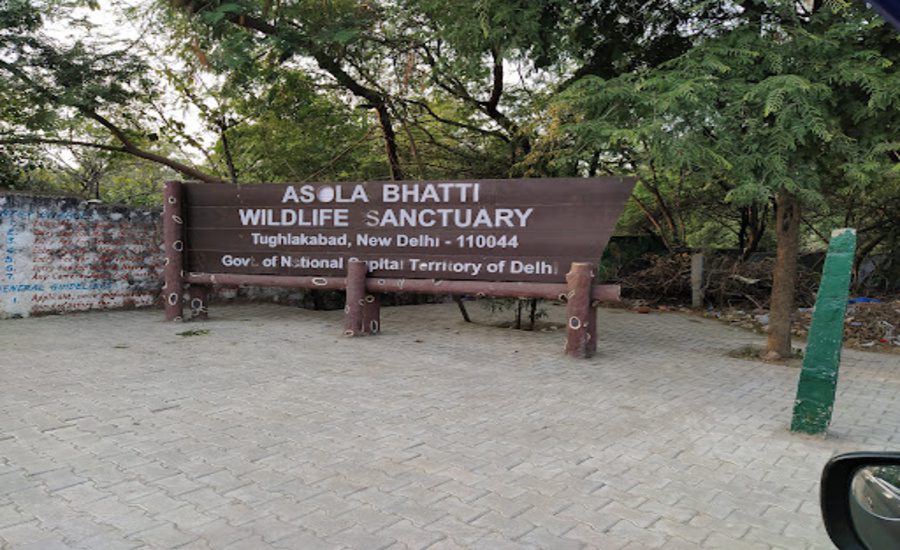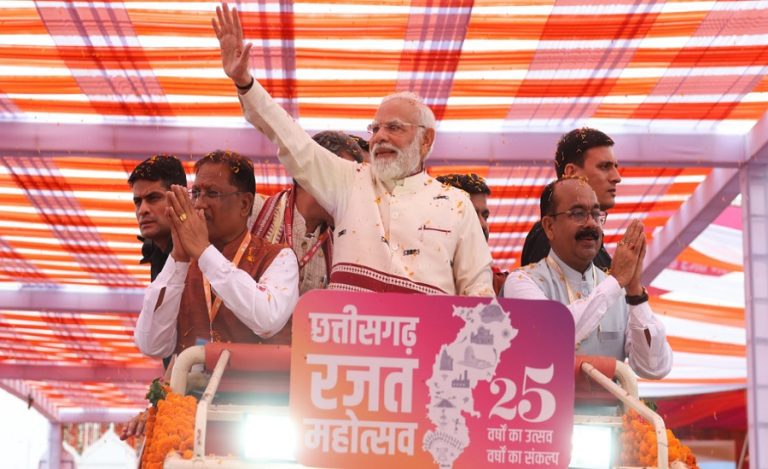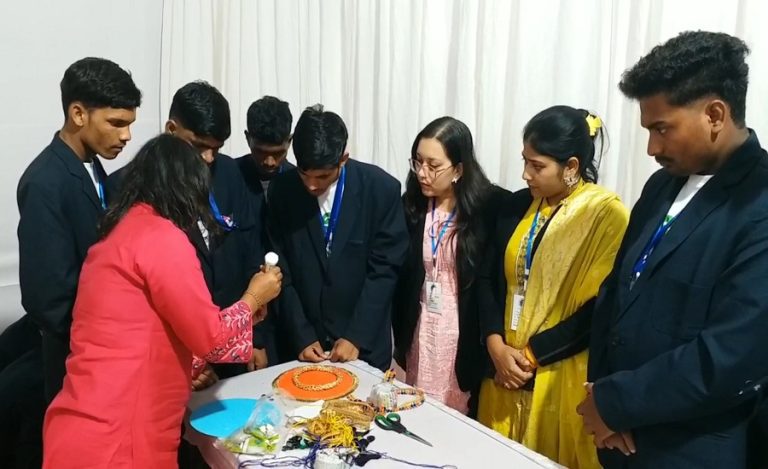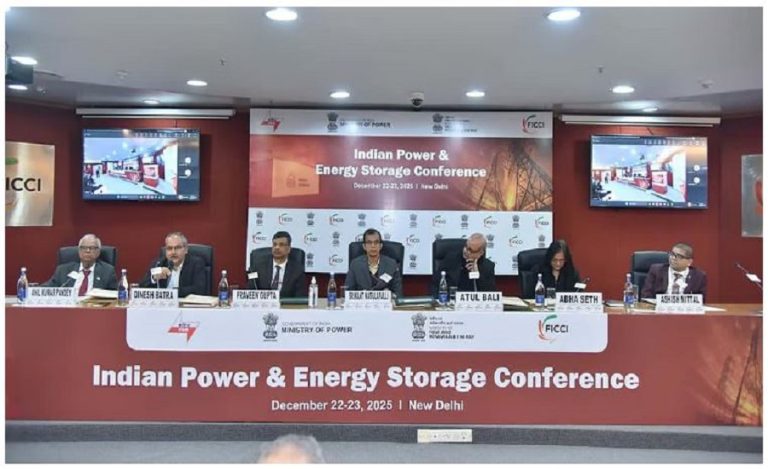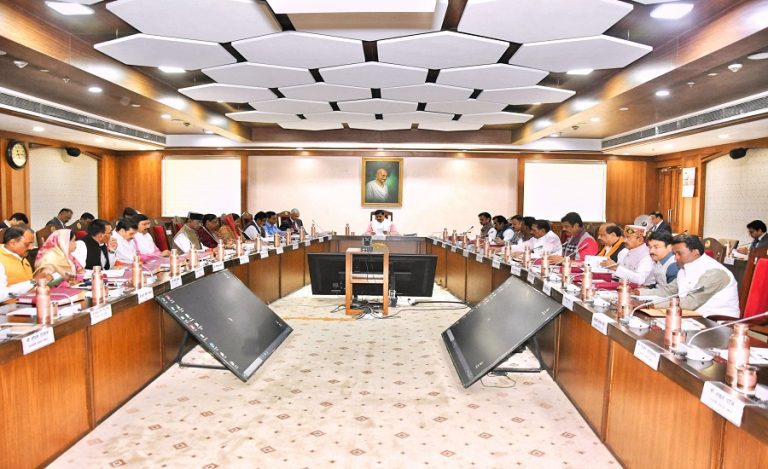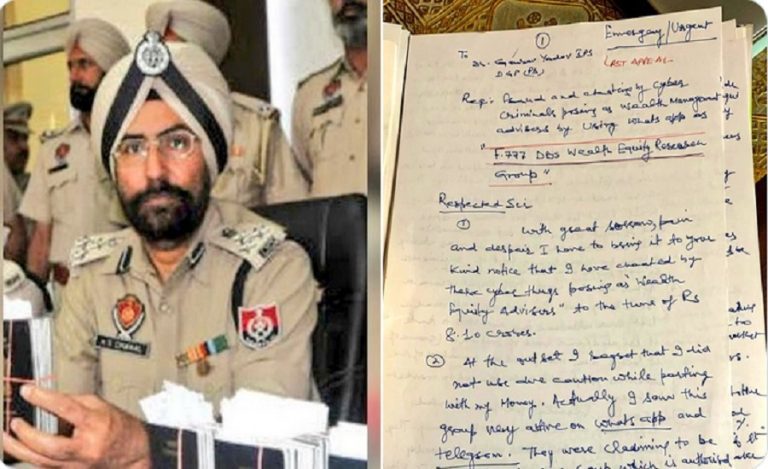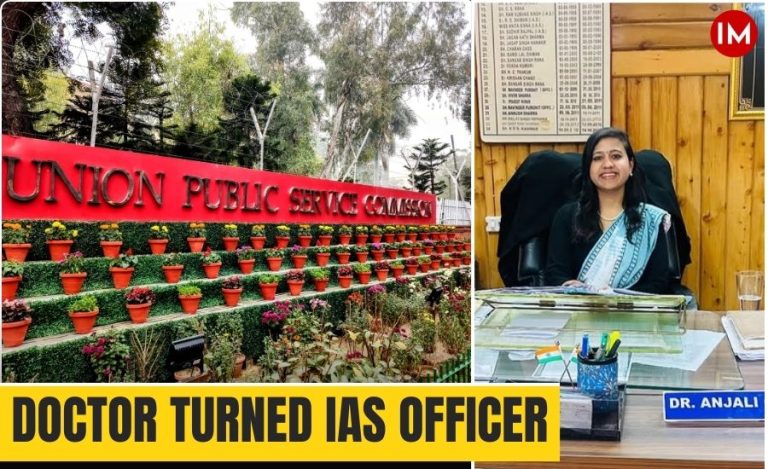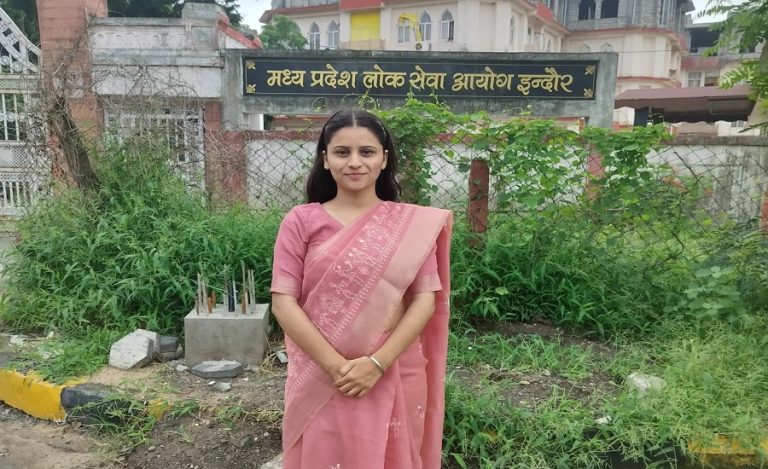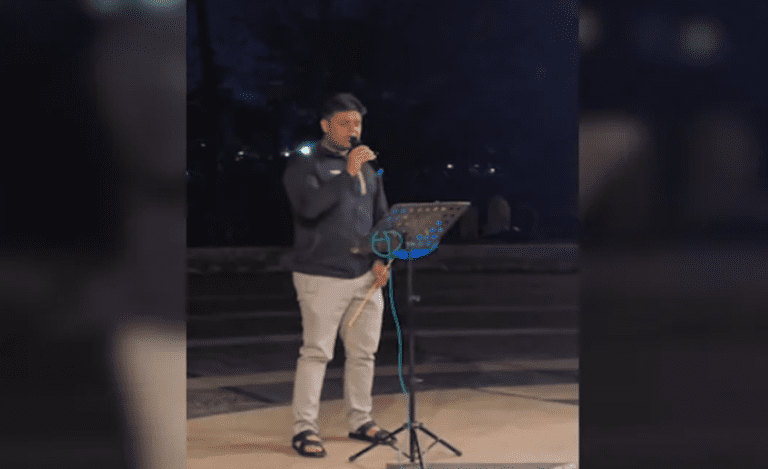In a significant step toward eco-friendly conservation and sustainable tourism, the Delhi government has announced plans to phase out all petrol, diesel, and CNG vehicles currently operating within the Asola Bhatti Wildlife Sanctuary, replacing them with electric vehicles (EVs). The decision follows growing concerns that vehicular pollution is distressing the sanctuary’s wildlife.
Forest and Wildlife Minister Manjinder Singh Sirsa said the sanctuary currently uses around 100 official vehicles, including trucks, jeeps, and utility vehicles, for the supply of essentials like food and water and other maintenance activities. “While these vehicles are necessary for sanctuary operations, we have observed that their noise and emissions negatively impact the environment and disturb the free-roaming animals,” said the Minister.
Home to leopards, deer, reptiles, butterflies, and hundreds of bird species, the sanctuary has seen behavioral changes in animals in response to vehicle noise. “When they hear loud engines, animals tend to hide or lie still, clearly showing signs of stress,” Sirsa noted. “To ensure a safer, quieter, and cleaner habitat for both animals and tourists, we will transition to electric vehicles.”
The Forest and Wildlife Department has been tasked with proposing a complete EV fleet and setting up charging stations over the next six months. Plans also include hiring e-golf carts and e-cycles for eco-friendly tourism, with about 9 to 10 carts already delivered and ready for public use. The department is also looking into procuring e-trucks to handle supply needs within the sanctuary.
Covering 32 square kilometers in South East Delhi, the Asola Bhatti Wildlife Sanctuary is a thriving ecosystem that attracts nature lovers for activities like birdwatching, jungle walks, and Neeli Jheel drives. Popular trails include the Blue Bull Trail (5 km), Sandgrouse Trail (3.5 km), Sparrow Trail (2.5 km), and Palash Trail (2 km). Birds like the Peafowl, Indian Scops Owl, and Black Eagle are commonly spotted.
The sanctuary also boasts over 25 species of mammals, 240 species of reptiles, 86 butterfly species, and 15 species of dragonflies. Key wildlife includes neelgai, golden jackals, mongooses, and spotted deer.
The initiative is part of the broader push by the Delhi government to promote sustainable development, protect biodiversity, and enhance eco-tourism in one of the capital’s most vital green spaces.
About Asola Bhatti Wildlife Sanctuary
The Asola-Bhatti Wildlife Sanctuary has a unique place in India’s network for protected areas. It is the only protected area representing the northeastern, rolling outliers as a landform of the country’s oldest hill ranges, the Aravallis. Thus it geographically represents a landform not earlier represented in the national P.A. network. This, therefore, is a value of national significance. As a ‘wildlife’ sanctuary it is very different from the popular perception of a sanctuary. The sanctuary covers an area of 32 sq kms.

